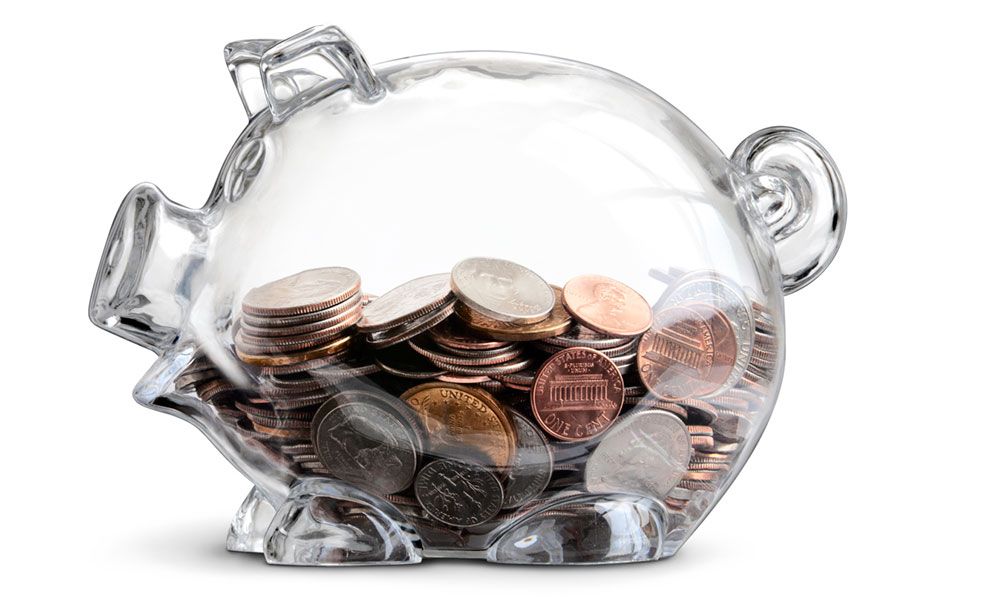
Does The Gender Pay Gap Make a Case for Salary Transparency?
Despite research to the contrary, a majority of employed workers believe men and women at their organizations are paid equally for equal work, according to a recent study. Could greater salary transparency help change these perceptions and fix the gender pay gap?
If asked whether the gender pay gap exists, most people would say yes, or would they?
According to a recent survey from the career website Glassdoor, seven in 10 employed adults worldwide believe men and women are paid equally for equal work at their organizations.
The study, which surveyed employed workers in the United States, Canada, United Kingdom, France, Germany, the Netherlands, and Switzerland, also found that slightly more men, 77 percent, compared to 70 percent of women believe their organizations pay men and women equally.
There’s plenty of research to support that the pay gap is real—last year the World Economic Forum estimated that it will take 79 more years, in fact, before there is gender parity in the workplace. But, based on the findings from the Glassdoor study, there’s clearly a disparity in perception among adult workers and reality.
That’s not to say people don’t believe men and women should be paid equally because roughly 90 percent do, according to the study. Three out of five of those surveyed also said they would not want to work at a company where a pay gap exists.
Several associations have been addressing the gender pay gap through research and public awareness campaigns.
Late last year, for example, the National Association of Women Lawyers (NAWL) released findings from a survey it conducted on the current status of women in law. It found that women in law firms earn 80 percent of what men earn, and that women generally work more hours than men but bring in less revenue and receive less client origination credit, factors considered in choosing a new equity partner. By publicizing these types of findings from its annual survey, NAWL hopes that it can help spark change for women in the industry.
Meanwhile, the American Association of University Women used the U.S. Treasury Department’s #New10 campaign, which is updating the $10 bill with a fresh female face, to draw attention to the gender wage gap last year. AAUW launched a Real10 website where members and nonmembers could add their face to a virtual $10 bill. Instead of displaying $10, though, the virtual bills showed $7.90 to reflect that women earn 79 cents for every dollar a white man gets paid.
“We felt it was important to draw attention to that fact that the pay gaps affect all women, especially women of color and mothers,” Lisa Maatz, AAUW’s vice president of government relations, told Bustle.
On a more local level, 45 percent of U.S. respondents to the Glassdoor survey said new company policies on pay and compensation could help close the gender wage gap within their own organizations, and almost 40 percent reported government legislation requiring employers pay people equally for equal work and experience could help close the gap.
Not as popular, but greater transparency into pay at all levels was reported by 34 percent of American respondents as a way to help fix the gap. Glassdoor noted in its survey that those companies looking to hire top talent might be “wise” to be transparent about compensation practices.
While certainly not an easy issue to address in the workplace, and one with many variables, including company culture, to consider, salary transparency was also suggested by data and software company PayScale as part of its 2015 “Inside the Gender Pay Gap Report,” which found that an increasing number of organizations are tackling gender inequalities at work.
“More and more companies are taking steps to address gender inequities in the workplace— from hiring to advancement to pay,” Lydia Frank, senior editorial director at PayScale, said in a statement. “And, the most successful organizations understand that using market data to drive pay decisions and being more transparent with your employees about your pay practices keeps everyone accountable and builds a healthier, more trusting work culture.”
Has your association addressed the gender pay gap? Please share in the comments.






Comments